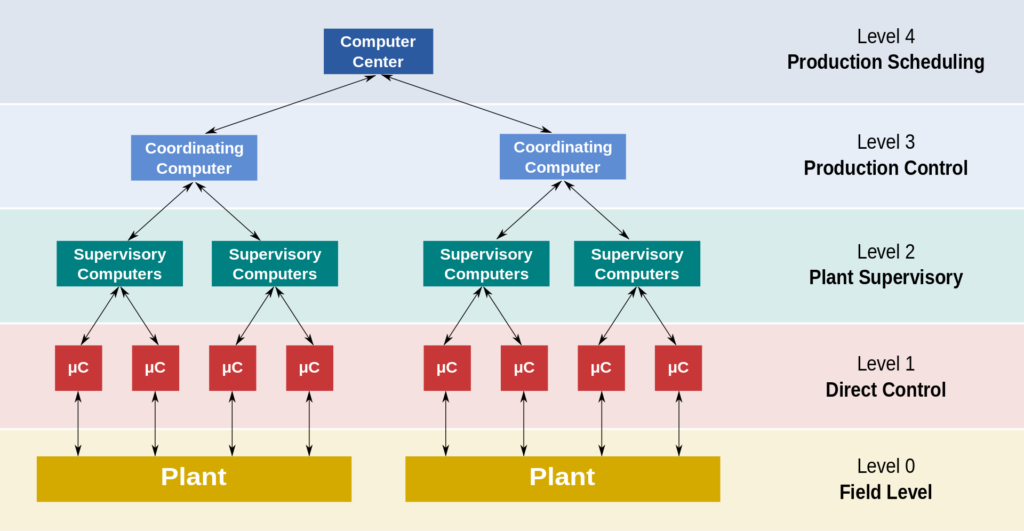Introduction
Distributed Control Systems (DCS) are computer-based control systems employed for monitoring and managing processes in industrial facilities. They are characterized by the utilization of distributed controllers, strategically located near the processes they control. This design enhances reliability and performance by minimizing the distance between the controller and the process equipment.

Early Development
The inception of DCS systems dates back to the 1970s when these systems utilized minicomputers to govern process loops. By the 1980s, DCS systems had grown more sophisticated, incorporating distributed controllers and graphical user interfaces (GUIs).
1980s: A Focus on Networking
During the 1980s, DCS vendors began to emphasize networking capabilities. This enabled DCS systems to communicate with other systems within the industrial plant, including Enterprise Resource Planning (ERP) systems.
1990s: A Focus on Openness
The 1990s saw DCS vendors shift their attention to openness. This involved adopting industry-standard protocols and components, simplifying the integration of DCS systems with other industrial systems.
2000s: A Focus on Integration
In the 2000s, DCS vendors further prioritized integration. This entailed seamlessly integrating DCS systems with other automation systems, such as Programmable Logic Controllers (PLCs) and Supervisory Control and Data Acquisition (SCADA) systems.
Current Trends
In recent years, DCS systems have continued to evolve, with several key trends emerging:
- The use of wireless communication: DCS systems are increasingly employing wireless communication protocols for data transfer, reducing the need for extensive cabling and enabling more flexible deployments.
- Remote access and monitoring: Remote access and monitoring capabilities have become vital, allowing operators to oversee and control processes from off-site locations, enhancing both efficiency and safety.
- Mobile interfaces and controls: DCS systems now offer mobile interfaces and controls, empowering operators to manage processes via smartphones and tablets, making operations more accessible and responsive.
- Embedded web servers: Embedded web servers are integrated into DCS systems, providing a user-friendly interface accessible through web browsers, simplifying system management.
Conclusion
DCS systems play a crucial role in ensuring the efficient and secure operation of industrial facilities. They serve as a reliable and scalable platform for monitoring and controlling complex processes, adapting to technological advancements and industry needs as they continue to evolve.
 6G Controls - Leading Supplier of New & Original PLC 、DCS Parts and Automation Controller
6G Controls - Leading Supplier of New & Original PLC 、DCS Parts and Automation Controller
